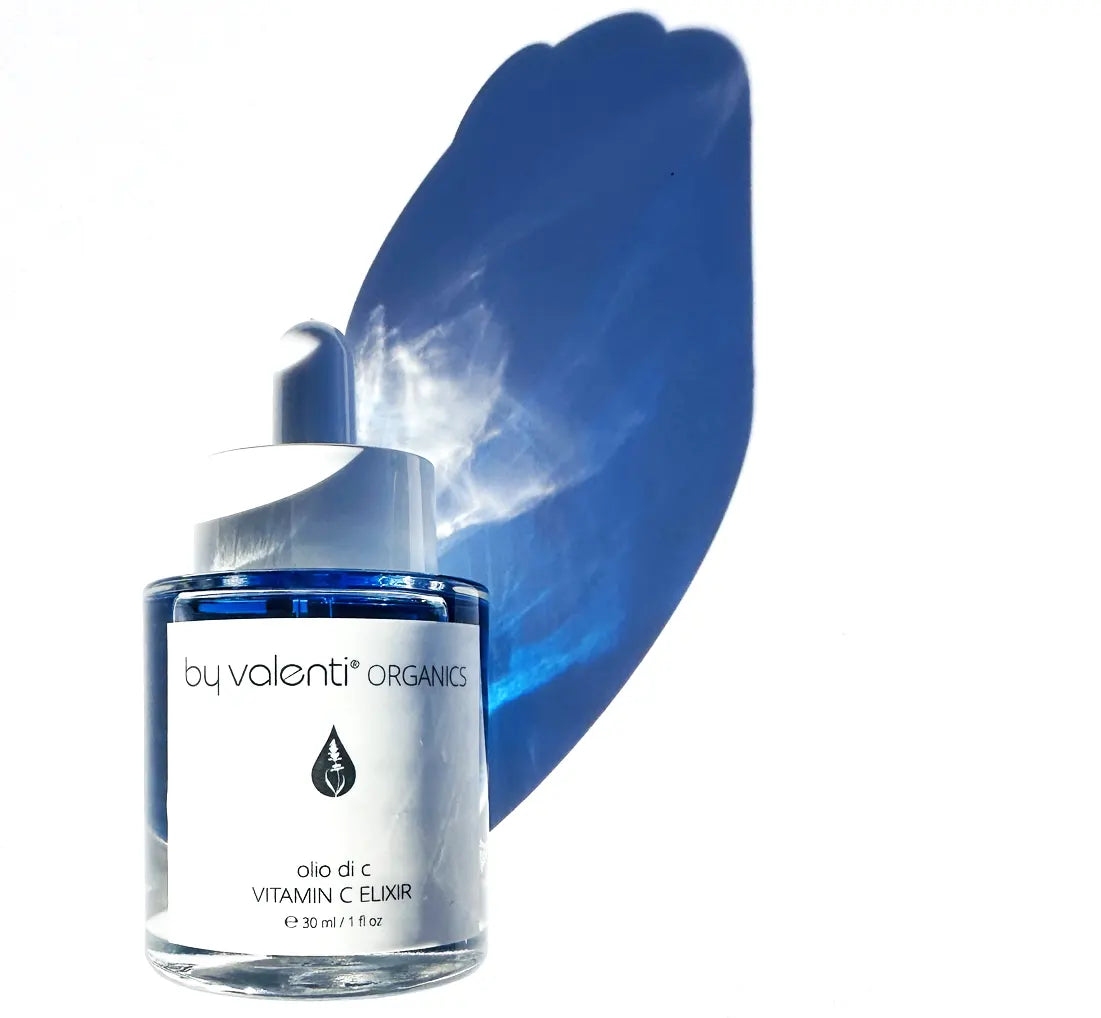Common Name
Aloe Vera Powder, Juice & Gel
INCI
Aloe barbadensis miller
Extraction or Production Process
Aloe Vera gel is extracted by carefully filleting the leaves, followed by processing to ensure purity. Freeze-drying or spray-drying methods are employed to produce Aloe Vera powder, while pasteurization or cold-pressing is utilized for Aloe Vera juice.
Sources
Aloe Vera is sourced from the leaves of the Aloe barbadensis miller plant, predominantly cultivated in tropical and subtropical regions worldwide.
Country of Origin
Aloe Vera is sourced and manufactured in various countries, including but not limited to Mexico, China, India, and the United States.
Function
Aloe Vera exhibits versatile functions in cosmetics, serving as a hydrating agent, skin-conditioning agent, and soothing agent. It possesses anti-inflammatory, antimicrobial, and antioxidant properties, making it beneficial for various skincare concerns.
Properties
Aloe Vera is characterized by its transparent gel consistency, which is rich in polysaccharides, vitamins, minerals, and amino acids. It has a pH level similar to that of the skin, facilitating optimal absorption and compatibility.
Benefits
- Hydration: Aloe Vera replenishes moisture levels in the skin, promoting hydration and improving skin elasticity.
- Soothing: Its anti-inflammatory properties alleviate irritation, redness, and sensitivity, providing relief to compromised skin.
- Healing: Aloe Vera accelerates wound healing and soothes sunburns, minor burns, and insect bites due to its regenerative properties.
- Anti-aging: Rich in antioxidants, Aloe Vera combats free radical damage, thereby reducing the signs of aging and promoting a youthful complexion.
Contraindications and Precautions
While generally well-tolerated, individuals with known allergies to plants of the Liliaceae family, such as onions and garlic, may exhibit hypersensitivity to Aloe Vera. Additionally, pregnant and breastfeeding women should consult with a healthcare professional before using Aloe Vera products, as limited data exist regarding its safety during pregnancy.
•


